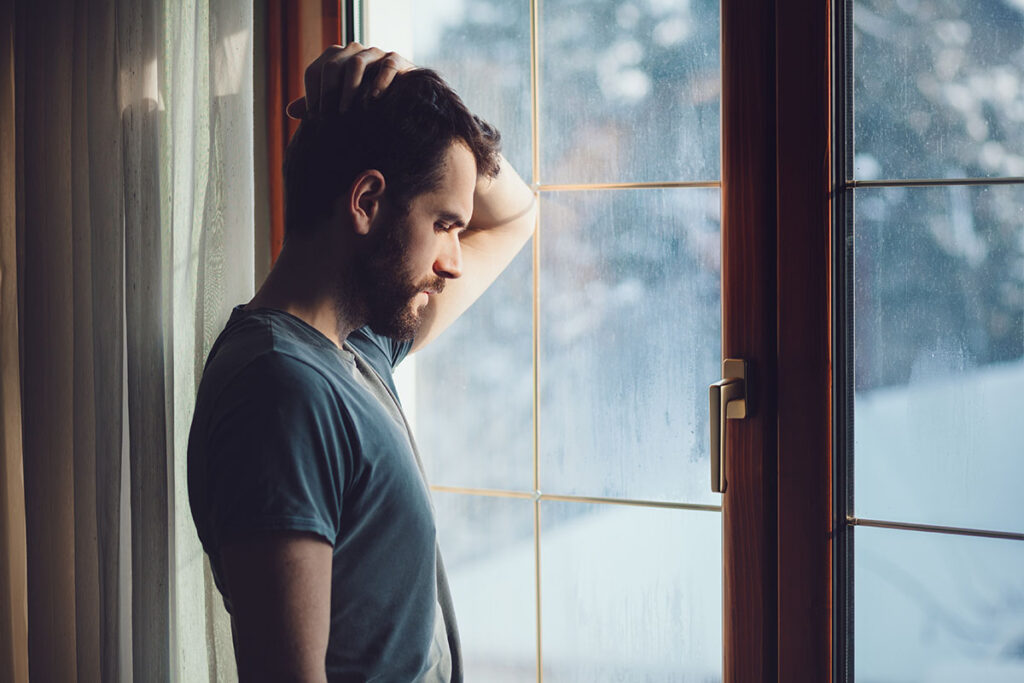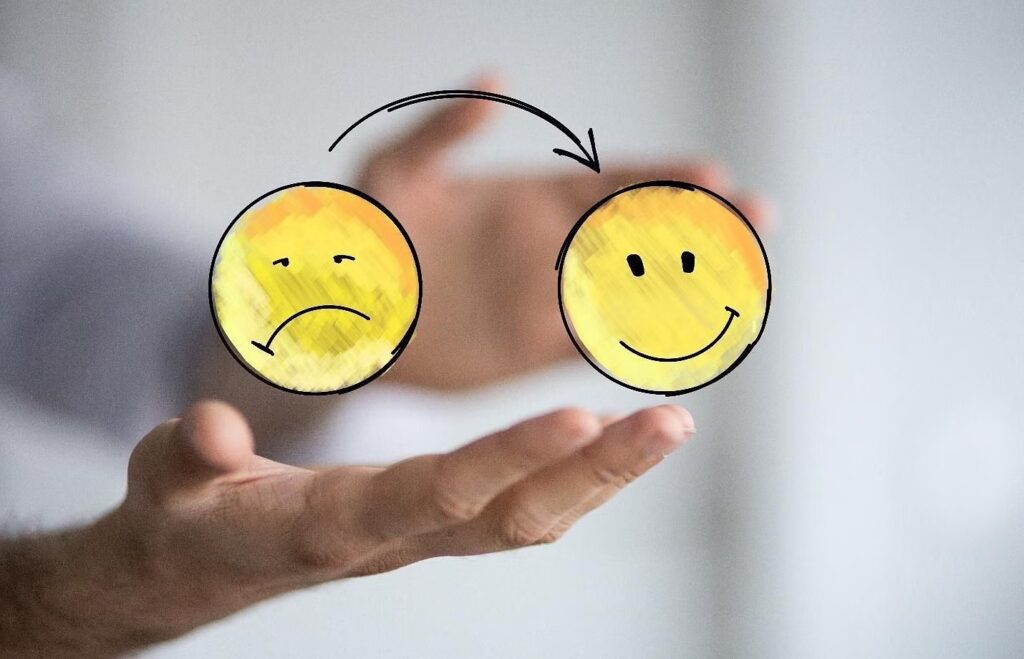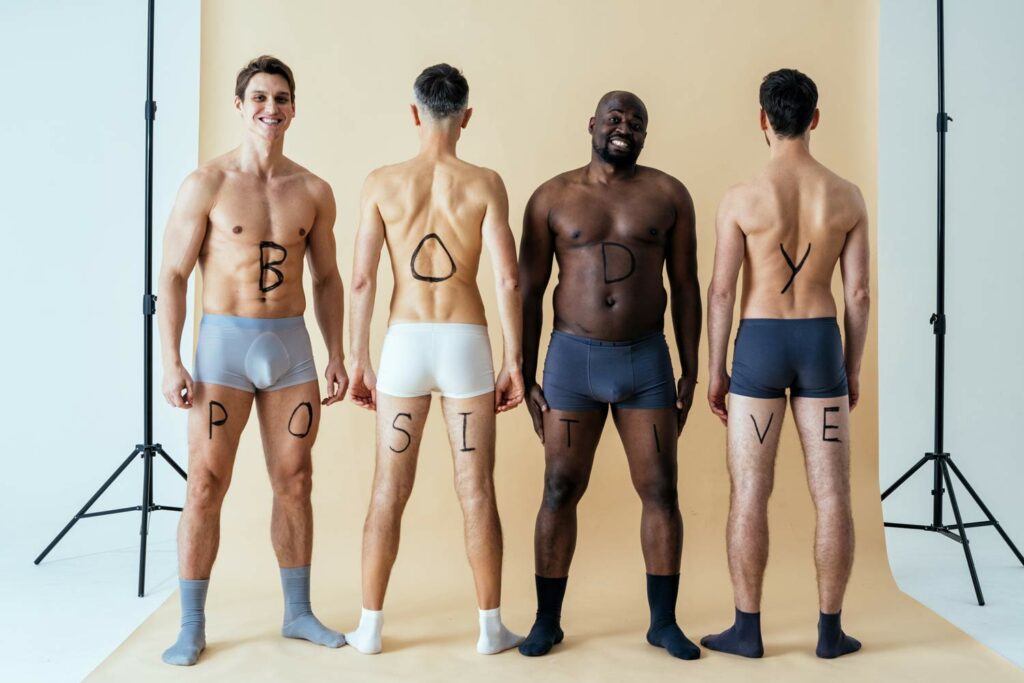Buy our 2024 ROAR Portfolio today and get 25% off all products in your cart. See now!
Worldwide Roar is now BAREFOOT MAN! Learn more

Stay up to date with our latest news, competitions and offers. We look forward to staying in touch.
February is often characterized by cold, dreary weather and shorter days in the Northern Hemisphere. It can be a challenging time for many people. The excitement of the holidays and the new year has faded, and this period can trigger feelings of sadness or what is commonly referred to as the “February Blues.”
It’s crucial to understand that this form of seasonal depression is not just a fleeting sadness but a real and often impactful emotional state.
So how do we end up feeling February?

Lack of Sunlight
For those of us in the North, reduced sunlight in winter months can disrupt our body’s internal clock, leading to feelings of depression. This lack of sunlight can cause a drop in serotonin, a neurotransmitter that affects mood, and disrupts your circadian rhythms, leading to sleep problems.
Post-Holiday Letdown
After the high spirits and busyness of the holiday season, February can feel particularly empty and slow, contributing to feelings of sadness or disappointment.
Cold Weather
If you’re in the North, cold, often gloomy weather can limit outdoor activities, leading to increased isolation and decreased physical activity, both of which are vital for mental health.
Valentine’s Day Pressure
For some, Valentine’s Day can amplify feelings of loneliness or unmet expectations about relationships, further contributing to the February blues.
How We Feel February: The Symptoms
Here are nine signs you may be feeling February!

1. Light Therapy
Exposure to a light therapy box can compensate for the lack of natural sunlight and can be particularly effective.
2. Stay Active:
Engaging in physical activity, especially outdoors, can improve mood and energy levels.
3. Maintain a Routine:
Keeping a regular schedule can help manage feelings of depression by providing structure and predictability.
4. Socialize:
Connecting with friends and family, even virtually, can provide emotional support and alleviate feelings of isolation.
5. Mindfulness and Relaxation:
Practices like meditation, yoga, or deep-breathing exercises can reduce stress and improve overall mood.
6. Professional Help:
If feelings of depression are overwhelming, it is crucial to seek help from a mental health professional.
While the February Blues can be challenging, understanding and acknowledging these feelings is the first step towards managing them. By adopting coping strategies and, if necessary, seeking professional help, one can navigate through this difficult period. It’s important to remember that these feelings are temporary, and with the right approach, spring can be a time of renewed energy and optimism.

Body shaming is a widespread issue that negatively impacts individuals of all genders, leading to significant psychological and emotional distress. It refers to the act of criticizing oneself or others due to physical appearance, often influenced by societal norms and media portrayals.
Impact on Women
The impact of body shaming on women is becoming more widely understood today. Women often face intense scrutiny over their bodies, influenced by media and cultural standards and it is something that we try to address at Barefoot Man by shifting the spotlight to the male body.
Renowned author and social activist, Gloria Steinem, highlighted this issue, stating, “Our bodies are never wrong; it’s the standards that are wrong.” This sentiment underscores the unrealistic and harmful beauty standards women are expected to live up to.
Impact on Men
Although it is a more recently recognised phenomenon, body shaming also significantly impacts men, though it remains less frequently discussed. Actor and producer, Leonardo DiCaprio, has addressed this, noting in interviews the pressure men face to conform to certain body standards, especially in the entertainment industry.
The Role of Social Media
As with so many of the cultural issues we face today, social media platforms contribute significantly to the spread of body shaming. Psychologist and author, Dr. Susan Albers, comments on this, saying, “Social media often presents a highly curated version of reality, which can lead to unhealthy comparisons and body dissatisfaction.” This highlights the dangers of comparing oneself to the often unrealistic images seen online.
The Dangers of Comparison
The constant comparison fostered by social media can be damaging. Dr. Phil McGraw, a well-known psychologist and television personality, warns about the impact of such comparisons, stating, “We shouldn’t judge ourselves by others’ highlight reels.” This advice is crucial in an era where social media often showcases only the best aspects of people’s lives.

Combating Body Shaming
To counter body shaming, it’s important to promote body positivity and acceptance. Actress and body positivity advocate, Jameela Jamil, emphasizes this through her activism, encouraging a shift in how we view and discuss bodies. Her work, particularly with the ‘I Weigh’ movement, champions the idea of valuing individuals for their achievements and characteristics rather than their physical appearance.
Conclusion
Body shaming is a complex issue rooted in societal and media influences. Its impact on both men and women highlights the need for a cultural shift towards greater acceptance of diverse body types (see our article on Body Politics in this issue).
By fostering environments that promote body positivity and understanding, we can work towards mitigating the harmful effects of body shaming. As Dr. Albers puts it, “Change begins with how we see ourselves and others, moving away from judgment and towards acceptance.”